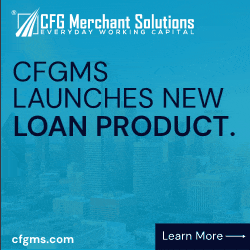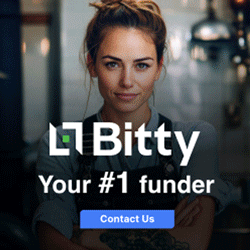What is B2B Sales?
B2B, short for Business to Business, refers to companies that sell their products/services mainly to other businesses, rather than consumers. There are mainly three types of B2B sales: supply sales, distribution sales, and service sales.
Supply Sales
In supply sales, a business provides another with products it routinely needs to operate. Think office supplies, equipment, workwear, etc. Companies usually provide these orders in bulk and require management authorization.
Distribution Sales
In distribution sales, a wholesaler sells products in large quantities to another company, which turns around and sells these products to consumers at a markup. Think a manufacturing company and a retailer, like a supermarket.
Service Sales
In this case, instead of a physical product, one business provides a service to another. Think software, legal counsel, accounting services, business finance advising, etc.
What is B2C Sales then?
B2C sales (Business to Consumer) is when a business sells its products directly to the individual consumer. It refers to any sales process that sells directly to cosumers, like GAP, Amazon, Zappos, Netflix, etc.
Where do B2B and B2C share similarities?
Both B2B and B2C sales require comprehensive knowledge and extensive experience about product, customers, and servicing them. In both sales models, the process is centered around the customer. The primary goal between sales reps in both B2B and B2C is transforming the prospect into a customer.
Also, in most cases, customers in both models are considerably well-versed in the products they intend to purchase. With the advent of the internet, customers typically make an effort to gather as much information about products so they can make sound decisions at the time of purchase.
Key Similarities
- Excellent Customer Service and Experience required
- Consistent and Customer-centric Sales Process required
- Authenticity and Credibility required
- Customer Loyalty is an overarching goal
- Contemporary Buyers are more knowledgeable compared to prior generations
How do they differ?
B2C
Driving Factor – Product features, brand appeal.
Primary Motivation for purchase – Status-related, emotional attachment.
Product Pricing and Complexity – Pricing aligns with individual capacity, less complex.
Branding – Broadcast commercials, celebrity endorsements.
Market Size – Large.
Key Purpose of Sales Team – Maximize transaction value.
Number of Stakeholders – One.
Duration of Decision-making – Relatively short time for opt-in/opt-out.
Sales Cycle – Shorter sales cycle with few stages.
Product knowledge required – Low to moderate, jargon in minimal.
Primary Sales Activities – Merchandising, point of purchase actions.
Typical Length of Relationship – This quarter.
B2B
Driving Factor – Relationships, product features, customer support.
Primary Motivation for purchase – Establish strategic advantage, generate value.
Product Pricing and Complexity – Relatively more complex, and costlier.
Branding – Website, white paper, research industry forums, networks, etc.
Market Size – Niched down.
Key Purpose of Sales Team – Relationship building.
Number of Stakeholders – Multiple.
Duration of Decision-making – Requires longer engagement period.
Sales Cycle – Longer sales cycle with more stages.
Product knowledge required – High. Jargon is pervasive, customer education is necessary.
Primary Sales Activities – Relationship building, customer education, brand awareness.
Typical Length of Relationship – Ideally long term.
The key difference in B2C from B2B is that in B2C, businesses work to establish an emotional connection, appealing to consumers’ personal desires, fears and value systems in the moment.
B2B is a longer sales cycle where customers are typically making buying decisions based on rational and strategic considerations – how your product/service can generate value for the business (improve process efficiencies, upgrade service to its own customers, improve profit margins, drive revenue, etc.)
A B2B seller, Funding Pro, must successfully demonstrate that value generated by his product and service far exceeds the cost being paid.
How do you achieve this with your merchants?
Happy Passover and Happy Easter to everyone!
-FundingStrategist
https://fundingstrat.com
https://fundingstrat.com/b2b-vs-b2c/




























































Comment